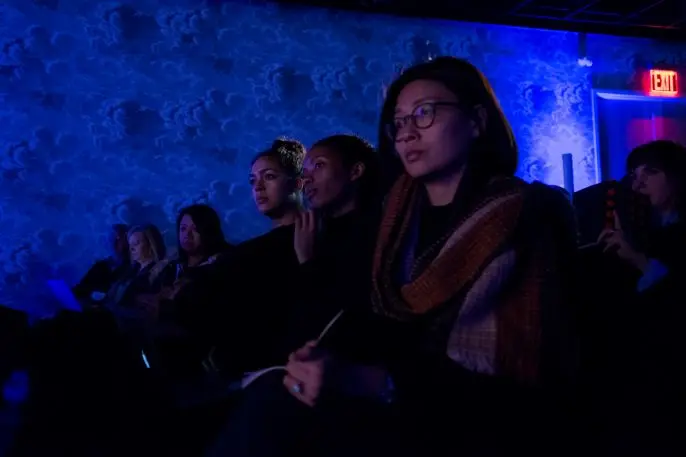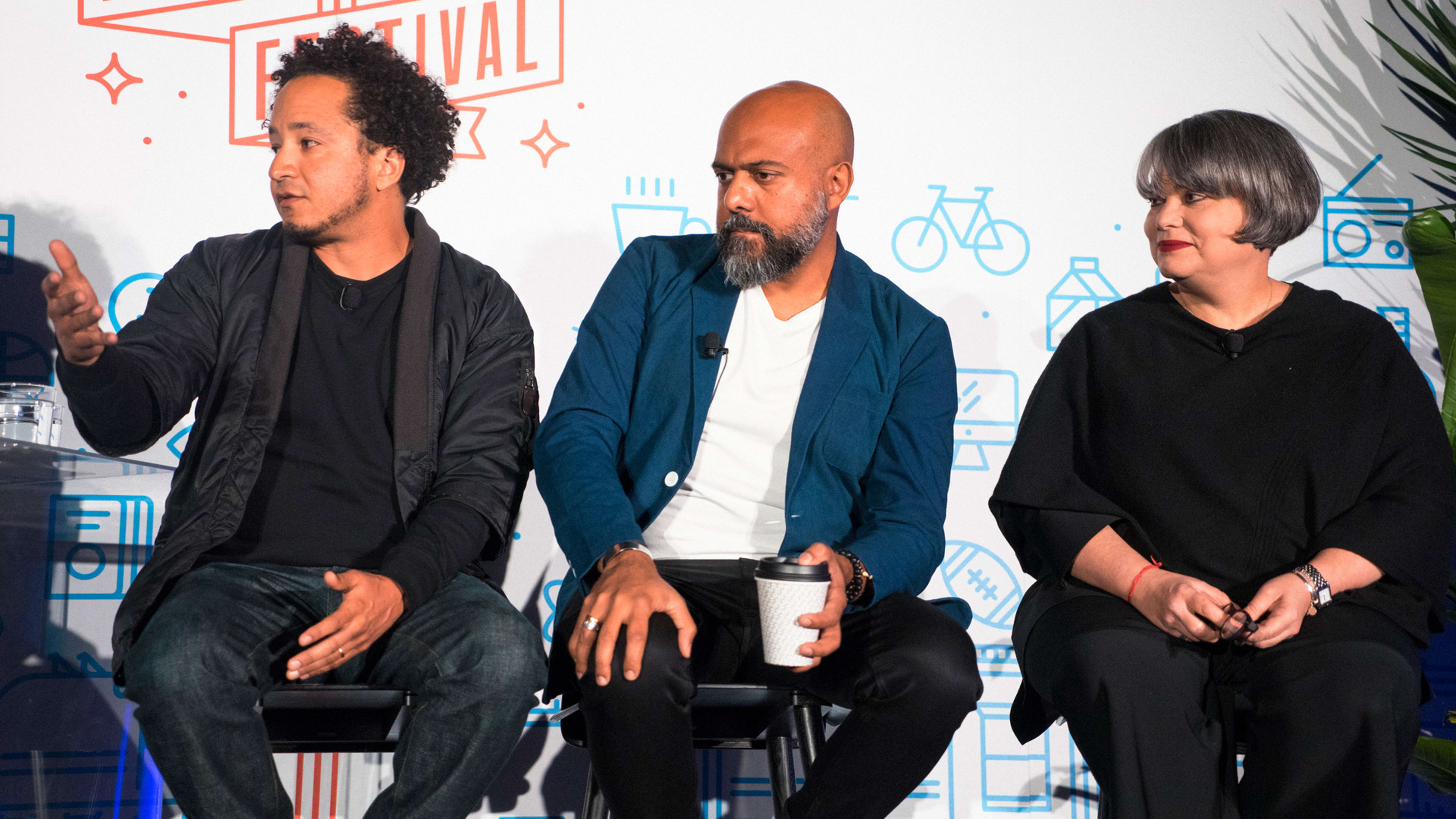“When you are used to being ‘other,’ it’s helpful when you have to think about others,” said Instagram head of design Ian Spalter during Fast Company’s Innovation Festival last week. It’s a succinct articulation of how crucial diverse perspectives are to the design industry, perhaps more so than most professions, since many designers have to consider the distinct needs of millions of different users to build products and services–or decide not to build them at all.
Case in point: Some time ago, Instagram was designing AR experiences, and came up with something Spalter described as referencing “’80s hip-hop mixes.” Before releasing it to the public, Instagram held a discussion about how the experience could be abused. “We had a decision to make about how it might be misused as a tool of appropriation,” Spalter said. “We had a conversation about it, we brought in other black people, something I moderated, and we asked, ‘How do we feel about this getting out into the world?’ And we ended up not shipping it.”

The anecdote, which Spalter shared in a panel about diversity in design alongside former Apple designer Imran Chaudhri and Perkins + Will principal and design director Pat Bosch, highlights two key insights:
Diversity is design’s best guard against unintended consequences
Amid growing public awareness of technology’s unsavory effects, the design community has puzzled mightily over how to prevent unintended consequences. How do you steel a design against problems you don’t know how to spot in the first place? One solution: Diversify who creates technology. It’s simple math. The more perspectives you have on a design, and the more varied those perspectives, the more likely you’ll develop something that meets the wants and needs of different groups of people.
A diverse design team is necessary but not sufficient. Diversity has to be incorporated into the feedback process, too.
Intriguingly, the design team that created the ’80s hip-hop experience was mixed, as Spalter recounted last week. But it wasn’t until he took the idea to the broader black community at Instagram that the company decided against shipping it. This is an important detail. Even the world’s most diverse design teams can toil away in silos and become oblivious to the potential impact of their work. If you’re designing products that reach a significant number of users, seeking the input of underrepresented communities should be a major part of the design process, whether you work at Instagram or a two-person design firm.
In the end, it’s just smart business. As technology becomes increasingly global, the companies that serve the broadest range of users will likely thrive, while those that eschew diversity and limit their customer base will stagnate. “These digitally driven products are the most underrepresented [in terms of who works on them] but the most important to design, because they literally have the entire consciousness of everyone using them,” Chaudhri said. “What’s really important there is that the design teams and engineering teams have appropriate representation within them. You have to include people in your design teams and engineering teams that have broad experiences, and if you don’t you need to build them.”
Recognize your brand’s excellence by applying to this year’s Brands That Matter Awards before the early-rate deadline, May 3.
